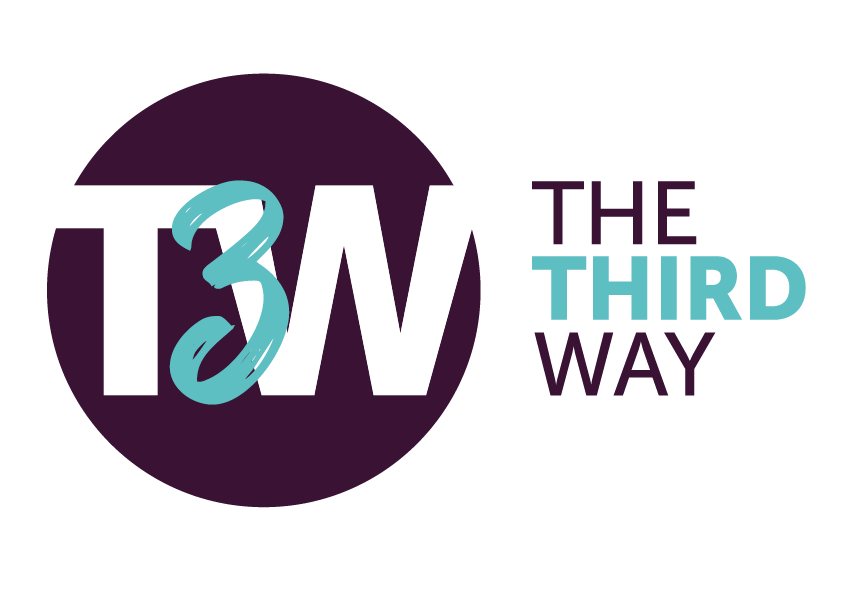The Structure of Boards of Governors
- The board of governors or board of trustees of the social sector, generally speaking, will be responsible for any number of four functions.
- Controlling
- Service
- Innovative
- Strategic
Regarding the functions that the board fulfils, the control function (including tasks such as financial oversight, monitoring programs & services, evaluating CEO, internal policy, monitoring own performance) and strategic function (planning for the future of the organisation) are the most frequently mentioned. Fewer boards engage in service functions (including tasks such as fundraising, community relations, influencing policy, educating the public, being a sounding board for management). Least prevalent across all countries were innovative functions associated with hybrid organisations (including tasks such as hiring or balancing social and economic interests).
Most boards will predominately take up one of these roles, while other boards may take up two or more of these roles.

The graph (Fig1) shows that mostly the role of the board is a controlling one, but the research carried out also recognised that the board takes responsibility for innovation, service delivery and strategic direction of the social enterprise.
Board governance in social enterprises has a strong compliance focus. Most organisations perceive board governance as a duty rather than an opportunity. This is mirrored also by the emphasis on control and strategy as tasks of the board. However, boards can be used as a resource for tackling barriers and for dealing with on-going challenges of social enterprises through the expertise of the board members. Differences in board composition even among those social enterprises that set up a board for legal reasons suggest a turn towards boards being used as a resource by the organisations.
A stronger emphasis on this alternative role of the board can contribute to the social enterprise managing multiple stakeholder groups and organisational goals.
- The board may focus on one or more than one function.
- Most social enterprises see the role of governance as providing control mechanisms.
- More recently social enterprises are using boards as advisors for innovation, strategy and enterprise risk assessment.

Generally speaking, the board of governors or board of trustees are made up of people representing beneficiaries, the social sector, celebrities, government members or business. Board members with either a social sector or business background constitute the most frequent stakeholder groups across all but one country represented in the graph (Fig 3) taken from a Policy Brief on Governance of Social Enterprise, 2017.

The graph, Fig. 3 is another summary of the data collected from the social enterprises in nine EU countries. The composition of boards of governors is considered from the perspective of types of representation, e.g. beneficiaries of the social enterprise, representatives from the social sector, government, business community, celebrities and others. Business, government and social sector representation is the main component of social enterprises in the UK, whereas the beneficiaries and business representatives are the main source of representation within Hungarian and Swedish social enterprises. Business and social sector representation also features strongly in the social enterprises of Portugal, Romania and Germany.


